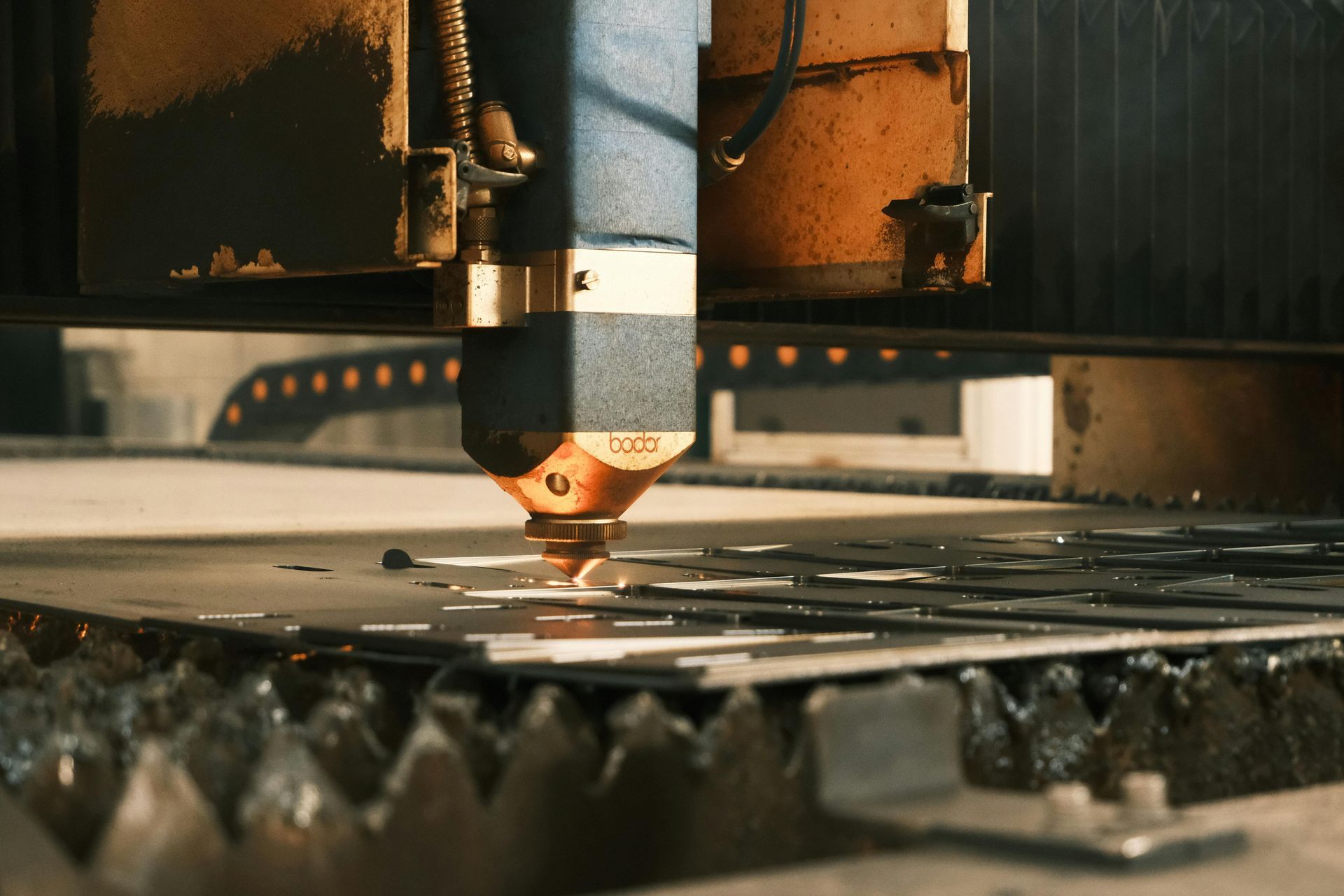Have you heard of hyper-automation? It is a transformative approach that combines advanced technologies like artificial intelligence (AI), machine learning (ML), and robotic process automation (RPA) to automate complex business processes. These technologies help organizations enhance productivity, reduce costs, and achieve operational excellence. At the forefront of this evolution is our AI, a powerful platform that integrates hyper-automation seamlessly into enterprise operations. Let's share why...
What is Hyper Automation?
Hyper-automation goes beyond traditional automation by integrating various technologies to create a cohesive and intelligent system that can:
- Identify automation opportunities.
- Automate complex processes end-to-end.
- Continuously optimize workflows.
This approach doesn’t just involve automating tasks but also orchestrates intelligent decision-making and dynamic adaptability across multiple business functions. With FlowWright AI, hyper automation becomes a tangible and actionable reality for enterprises looking to stay ahead of the curve.
The Role of AI in Hyper Automation
Artificial Intelligence lies at the heart of hyper automation. By leveraging AI, businesses can:
- Process unstructured data.
- Enable predictive analytics for proactive decision-making.
- Automate repetitive tasks with RPA.
- Provide dynamic responses to changing conditions in workflows.
Our AI platform exemplifies this by integrating AI-driven capabilities into its platform, enabling businesses to design, deploy, and monitor intelligent workflows that self-optimize over time.
Key Features of FlowWright AI for Hyper Automation
FlowWright AI brings together several powerful features that drive hyper-automation, including:
- AI-Powered Workflow Design
- FlowWright AI leverages machine learning to simplify the process of workflow design. The platform’s AI engine can:
- Suggest optimal process flows based on historical data.
- Identify inefficiencies in existing workflows.
- Recommend improvements for continuous optimization.
- This ensures that businesses can design processes that are both efficient and scalable.
- Intelligent Data Processing
- FlowWright AI’s data processing capabilities allow businesses to:
- Handle unstructured data from emails, documents, and images.
- Classify and route data intelligently.
- Use AI models to extract insights and trigger relevant workflows automatically.
- For example, in document-heavy industries, FlowWright AI can streamline the classification and validation of documents with minimal human intervention.
- Dynamic Decision-Making
- With built-in AI models, FlowWright enables:
- Real-time decision-making based on contextual data.
- Rule-based and predictive decisions to handle exceptions dynamically.
- For instance, in customer service workflows, the system can prioritize tickets based on sentiment analysis and urgency, ensuring faster resolution of critical issues.
- Seamless Integration with Existing Systems
- FlowWright AI integrates effortlessly with existing enterprise systems, including CRMs, ERPs, and third-party APIs. This allows organizations to:
- Automate workflows across multiple platforms.
- Maintain a unified data ecosystem.
- Eliminate silos and streamline communication between systems.
- AI for Process Monitoring and Optimization
- The platform’s AI capabilities extend to monitoring and optimization by:
- Analyzing performance metrics.
- Identifying bottlenecks in real time.
- Suggesting changes to improve efficiency.
- With FlowWright AI, businesses gain continuous insights into their operations, enabling proactive management and adaptation.
Use Cases of Hyper Automation with FlowWright AI
FlowWright AI has a wide range of applications across industries. Here are some compelling examples:
Financial Services
Automating loan processing, compliance checks, and fraud detection are critical in financial services. FlowWright AI enables:
- Intelligent document validation for loan approvals.
- Real-time fraud detection using predictive models.
- Automated compliance reporting.
Healthcare
In healthcare, hyper automation streamlines patient care and administrative tasks. FlowWright AI can:
- Automate patient onboarding and record management.
- Trigger alerts for critical patient conditions.
- Optimize appointment scheduling based on AI predictions.
Manufacturing
For manufacturing, FlowWright AI improves operational efficiency by:
- Monitoring production lines with IoT integration.
- Automating supply chain workflows.
- Predicting equipment maintenance needs using AI-driven insights.
Retail
Retailers can leverage hyper automation for personalized customer experiences. FlowWright AI helps by:
- Automating inventory management.
- Personalizing marketing campaigns based on AI-driven customer insights.
- Streamlining order fulfillment and delivery processes.
Government
Public sector organizations can modernize their operations with FlowWright AI by:
- Digitizing and automating citizen services.
- Streamlining document workflows for regulatory processes.
- Enhancing data security and compliance.
How to Adopt AI for Hyper Automation
- Increased Efficiency By automating repetitive and manual tasks, FlowWright AI enables organizations to focus on strategic activities, reducing time and effort.
- Improved Accuracy The platform’s AI capabilities minimize human errors by ensuring precise execution of workflows.
- Scalability FlowWright AI’s modular architecture allows businesses to scale their automation efforts effortlessly as their needs evolve.
- Cost Savings Hyper automation significantly reduces operational costs by optimizing resource allocation and minimizing wastage.
- Enhanced Decision-Making AI-powered insights empower businesses to make data-driven decisions, leading to better outcomes.
- Future-Proof Operations By embracing hyper automation, organizations ensure they remain competitive and adaptable in an ever-changing market landscape.
Implementing Hyper Automation with FlowWright AI
To successfully implement hyper automation with FlowWright AI, businesses should follow these steps:
- Identify Automation Opportunities Start by analyzing existing processes to identify areas with the highest automation potential.
- Define Objectives Clearly outline the goals of the automation initiative, such as cost reduction, faster turnaround times, or improved accuracy.
- Leverage AI Capabilities Utilize FlowWright AI’s machine learning models and predictive analytics to design intelligent workflows.
- Integrate Systems Ensure seamless integration with existing enterprise systems to maximize the platform’s impact.
- Monitor and Optimize Continuously monitor the performance of automated workflows and use FlowWright AI’s insights to optimize them over time.






